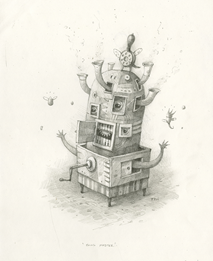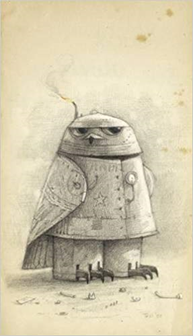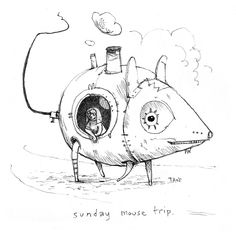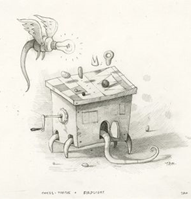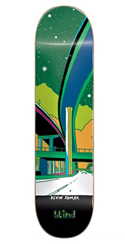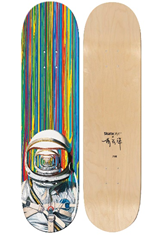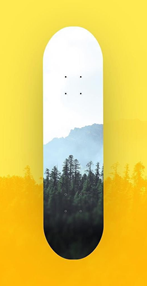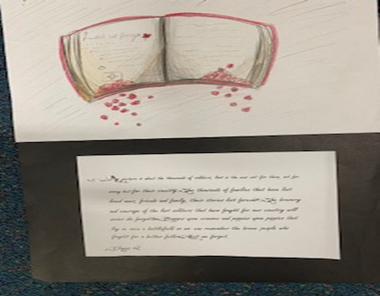Specialists - Year 5 & 6 Week 1
Week beginning – 15 April 2020
P.E.
(30-45 mins per day)
Wednesday
Warm-up - I like to move it:
Click here for Go Noodle I like to move it
Fitness stations-
1 minute rest between each activity and see if you can go through each station 3 times.
- 1 minute of star jumps
- 1 minute of sit ups
- 1 minute of squats
- 1 minute of sprints (depending on your available space e.g. 10m)
- 1 min of step ups
Thursday
Warm-up - 100 fast jumping jacks:
Click here for Go Noodle jumping jacks
Fitness Monopoly
Click here for fitness Monopoly
Friday
Warm-up
Stretch the following muscles and hold for 20 seconds each.
- Quads
- Hamstring
- Shoulders
Click here for a stretching exercises chart.
Skittles
Make your own version of skittles. Find a ball and something in your house to use as skittles (e.g. empty cardboard boxes), stand from 4m back and roll your ball to knock them over. Try making it harder, by standing further back.
Spanish
30 min per week
Verb study: SER (To be) – A permanent state of ‘being’
Key ideas: A ‘verb’ conjugation is simply taking a base word, such as COMER (to eat), removing the ending and adding a different ending. To say YO COMO (I eat) means that you have removed the -ER ending and added a -O. To say TÚ COMES (you eat), you remove the -ER and add a -ES ending.
Unfortunately, there is no way to learn these verb conjugations except through memorisation and using them as much as you can. It IS tricky learning when to use SER or ESTAR, so please be kind to yourself as you are learning this concept.
Activity: Using a stopwatch or timer, time yourself reciting each of the conjugations. Can you record a quicker time each time you practise this?
English meaning (to be) - I am, you are, he is, she is, we are, you (all) are, they are
Spanish equivalent - Yo soy, tú eres, él es, ella es, nosotros somos, vosotros sois, ellos son
Music
60 min per week
Get moving to the music! Join in with the dancing and question and answers to ‘Pop See Ko’. There are two versions of the song, and you can do both of them:
Version 1 Click here
Version 2 Click here
Create your own actions in the song when it comes to your part. Practise doing the song with the Go Noodle people, and then perform and teach the song to your family, your siblings, your pet or your favourite toys!
Listen to different types of music and find an example of the following:
- Music that makes you feel calm
- Music that makes you want to dance (and please dance!!!)
- Music that makes you smile
- Music that makes you laugh
- Do the lyrics (or absence of) have an impact on the way a piece of music makes you feel? Explain how it affects you.
- What elements of music have an impact on the way a piece of music makes you feel? Elements include: tempo, dynamics, timbre, texture, instrumentation, melody, harmony. Explain how these elements have an impact and give examples.
- Create an ostinato for any of these songs or a song you hear on the radio. Make the ostinato at least four beats long and include our new rhythms (year 5: tim-ka, year 6: tam ti). Reminder: an ostinato is a pattern that is repeated throughout a song. Four beats is enough for an ostinato.
Art
60 min per week
Year 5
Shaun Tan inspired Monster/ Robot Drawings
Consider how Shaun Tan uses elements of design in his works.
Using one work as an example, describe how the artist has used tone, line and texture. What effects does this create?
What themes are you noticing about the ‘subjects’? What clues give you these ideas?
Use fine-liner, pencil and/ or charcoal to design and draw your own monster using ideas and elements of design in the style of Shaun Tan.
You may also wish to learn skills and techniques for tone, texture and line, by copying one of his characters as best you can.
Year 6
Painting or completing your skateboard design with colour
Consider your composition idea for your skateboard and if you don’t have your board, make sure you have the skateboard shape to work within as large as you can. You will only need primary colours for painting. If you are using any other kinds of colouring on paper, you can still follow from below for complexity and refining your idea. This will be your Art lesson for the first three weeks of term.
Line – You should use water colour and a small brush (not pencil) for sketching your design onto the skateboard. If you use pencil your drawing will be too intricate and small, and you will want to ‘colour in the lines’. We are learning to paint next term so lines will be painted.
You can create movement and direction with the line of your paint brush marks. Consider how fast or slow this movement looks with the size and number of these taches.
Your line can be smooth and clean if you paint it and you can colour in some dark outlined shapes.
Colour – warm and cool colours can be used to create texture and show depth of field. Warm colours tend to come forward and cool colours tend to recede into a picture. Remember there are many different kinds of each colour and you can make them all with your primary colours (refer to colour wheels from last year). You can layer variations on the one colour letting the colour beneath show through by painting taches of a lighter or warmer colour on top of a darker colour. Harmonious colours can blend, and contrasting colours next to each other can ‘pop’.
Tone - black and white can be warm and cool and textured. Remember shopping for ‘white paint’ at Bunnings with parents?
How many whites are there do you think, can you name some?
The same can be said for black and grey – they can be warmed up with reds and yellow, or cooled with blues and greens. Then you may notice that all white and black objects have degrees of grey in them depending on how the light hits them. So you will rarely paint anything plain white or black.
Texture – can be created layering colours and using varied taches. How you apply paint can create rough texture if you leave spaces to see around and beneath these marks. Painting solid colour will create a flat and smooth texture (you will want to avoid this for your whole painting). Try contrasting textures. Patterns also create texture in a painting.
Library
30 min per week
In preparation for ANZAC day read an ANZAC day story or click here for the link to listen to ‘One Minute Silence’. Study the detail in the illustrations. How do they make you feel? What was the illustrator’s intention? How do the illustrations impact the story?
As you listen to this story illustrate your own depiction of what ANZAC day means to you.
Use only a grey lead pencil, a red pencil and a black fine liner to create your illustration.
See example below:
© Copyright Laburnum Primary School

